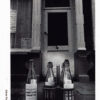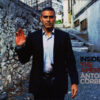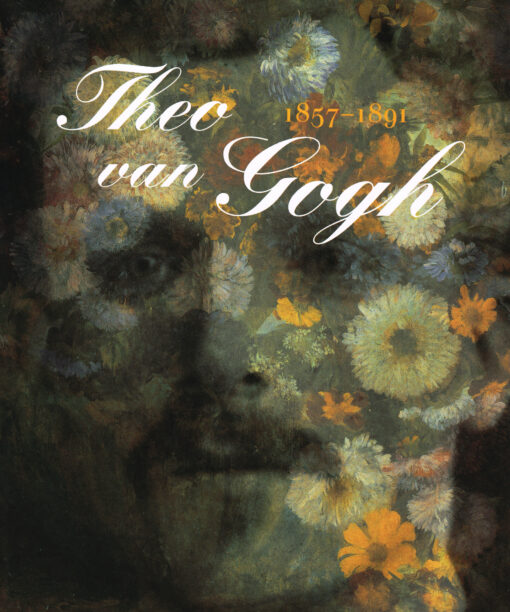Theo Van Gogh, Vincent’s younger brother, was an influential art dealer working in Paris in the 1880s. This fascinating study presents Theo Van Gogh’s life and work in the context of the French art world of his day. Representative works from the extensive art collection he built are included here, including some by Vincent that held special significance for Theo.
Gerelateerde producten
geschiedenis
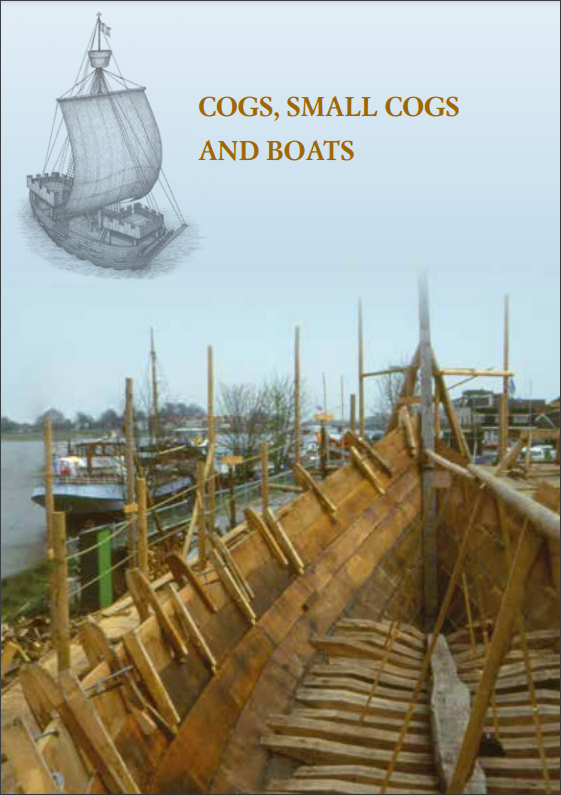
Karel Vlierman
Cogs, Small Cogs and Boats
From the thirteenth to the fifteenth century an important part of the economy in northwestern Europe was based on trade in the Hanseatic League. The main means of transport consisted of ships, mainly cogs. The importance of this type of ship was already apparent from medieval documents, miniatures, and other sources. However, until the mid-twentieth century, no material remains of such ships were known. Results from archaeological excavations of shipwrecks had to be awaited for greater clarity on the construction, technology and appearance of these ships. One of the world's largest collections of medieval shipwrecks emerged after the Second World War during the partial reclamation of the IJsselmeer lake (the former Zuiderzee inlet) in the Netherlands, where three polders were created from 1942 onwards. During these works, hundreds of shipwrecks from the period between 1250 and 1900 were discovered, about twenty of these being cogs. The first cog was excavated in 1944. The famed cog, with its remarkable construction and the ingenious manner in which the seams between the planks were made watertight using moss, laths and iron clamps, clearly demanded an in-depth study. The Netherlands were an ideal place to start, as more than half of all the cog wrecks in Europe have been found, (partially) excavated and studied in the Netherlands. Maritime archaeologist Karel Vlierman has excavated shipwrecks all his working life. He dedicated himself to the research of these ships, including two cogs found at Doel near Antwerp and the recently uncovered cog from the river IJssel near Kampen. His research of more than twenty years has resulted in a monograph of 996 illustrated pages, together with some 70 large technical drawings of all the investigated cogs and their reconstructions. The monograph (in two volumes) and the folder with the 70 technical drawings -in A0, A1 and A2 format- together come in a fine slipcase. Karel Vlierman explains the shipbuilding tradition of the Hanseatic period in detail and clarifies the differences between the cog and, for example, the 'nef' of the southern North Sea, which belongs to the Nordic or Scandinavian tradition. Based on the finds excavated at Kampen, he considers it very likely that a shipyard was located there in the late thirteenth and early fourteenth century. The largest piece of woollen sail ever excavated was discovered at Kampen. Hundreds of typical iron clamps too were found, some of them unused, suggesting a blacksmith's workshop specifically dedicated to producing them. Ships could be hauled out from the water and, after repairs, sail to the Zuiderzee via the IJssel. This is the first cog shipyard ever to be discovered in the Netherlands. Until the 'IJssel cog' was discovered and excavated near Kampen, the so-called 'Nijkerk-II' was the best-preserved known cog. The analysis of this cog was the starting point for this study, together with the experience gained during the construction of a replica of it, the so-called Kamper Kogge (Kampen Cog). It gradually became clear that there had been a tradition of cog building. Through studying and drawing all the cog wrecks, it was possible to make reconstruction drawings of many of them, with the benefit of evidence already obtained from other wrecks. This voluminous and impressive book will set the standard for publications on maritime archaeology for decades to come, as it is the landmark handbook for the way in which shipwrecks should be documented, described, and reconstructed. The detailed manner in which the technical drawings have been created makes it possible to construct virtual 3D models. The vectorised drawings are of a very high quality and are available digitally. In addition, Karel Vlierman created about twenty artists&; impressions of the cogs as they must have looked during operation and of life on board. These not only appear in a large format in the book but are also available as postcards and posters. This will be the standard work on cogs, the first of its kind to be published, with the size and scope of the study unequaled in any area of maritime archaeology. The famous publication on the sixteenth-century ship Mary Rose comes close but is about a single ship only. The present book on cogs covers the entire spectrum of these vessels, from seagoing ships to boats and barges plying the inland waterways and even a possible military cog for army transport. SPA uitgeversgeb - 996 blz
kunst
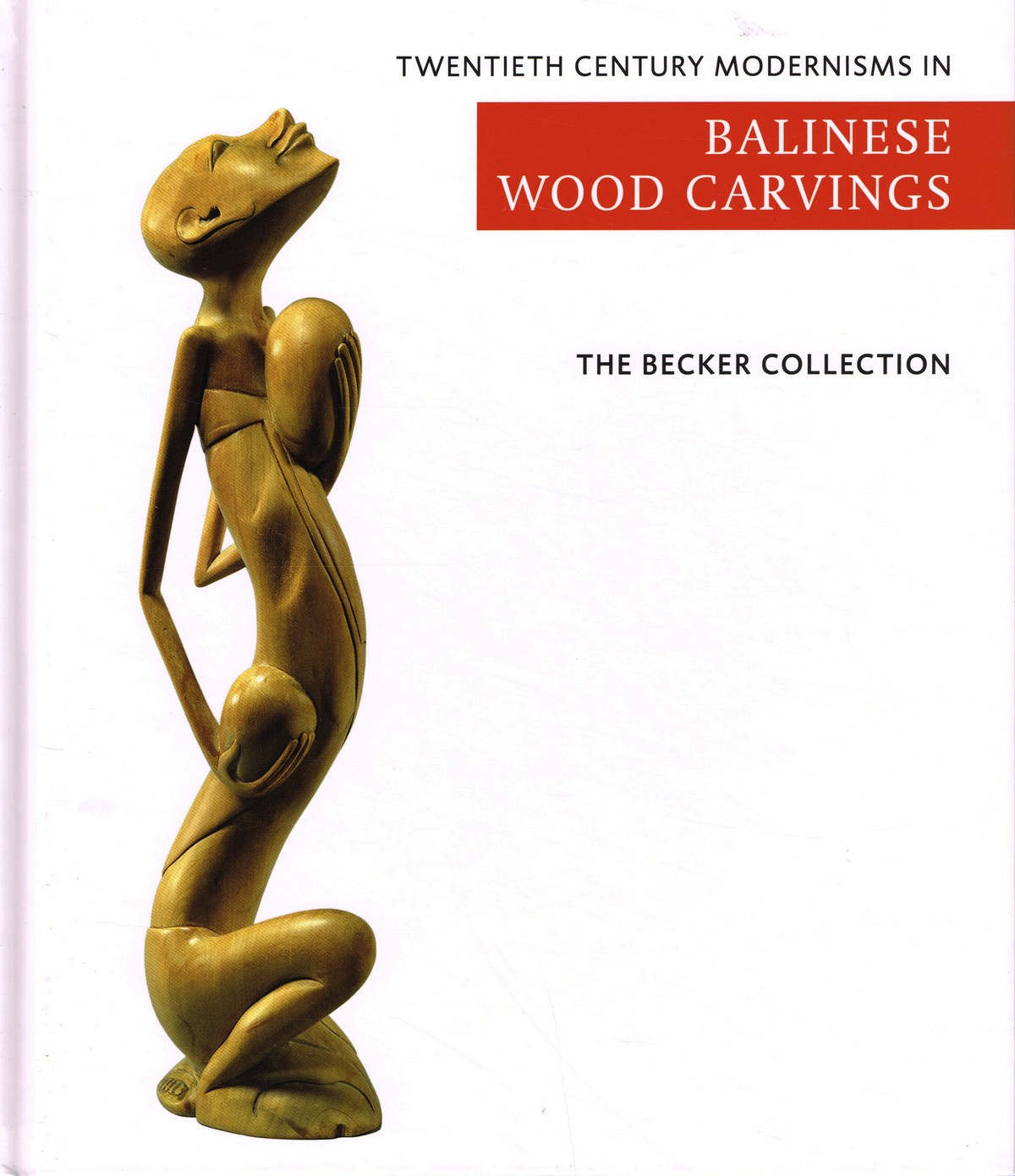
Ton & Mies Becker
Twentieth Century Modernisms in Balinese Wood Carvings
'The Becker Collection - Twentieth century modernisms in Balinese wood carving' contains the private collection of twentieth century ?modern style? Balinese wood carvings, collected by Ton and Mies Becker, both retired medical specialists and collectors of Asian art. Between the 8th and 10th century Hindu influences spread to Bali and blended into the exiting Balinese mix of animistic and Buddhist styles and subjects, known as Bali Aga. Hence, in due time the craftsmen obtained the subjects for their works from the Hindu-Balinese religion and their heroes and demons from famous Hindu epics. This particular style became known in the Western art world as the ?Traditional or Old Balinese style?. In the 20th century the arts and crafts scene in Bali changed completely. First because of Western artist who visited Bali and stayed on to work there and, second, because of the gradual influx of increasing numbers of foreign tourists. In addition the Dutch colonial government started a military campaign to control the powerful kingdoms of central and southern Bali. As a result the local craftsmen lost their royal support and soon realized that foreign tourists were not particularly interested in gods and heroes. Hence, stimulated by some of the Western artists who had settled in Bali, they turned to secular subjects taken from nature and everyday life and became more impressionistic in the execution. This led to a range of new styles, often impressionistic and sometimes even minimalistic and caricatural with bizarre elongated shapes or solid compact forms. In this book we are concerned with this particular type of 20th century ?Modern Style? Balinese wood carving. The catalogue contains 40 objects of ?modern style? wood carving, representing different styles. Each object is photographed, both as an overview and in details if so requested. A brief description of each object is provided, together with the estimated date, and additional information is provided if considered useful. The catalogue is preceded by an essay on the history of Balinese wood carving. Van Spijkgeb - 144 blz
kinder- & jeugdboeken
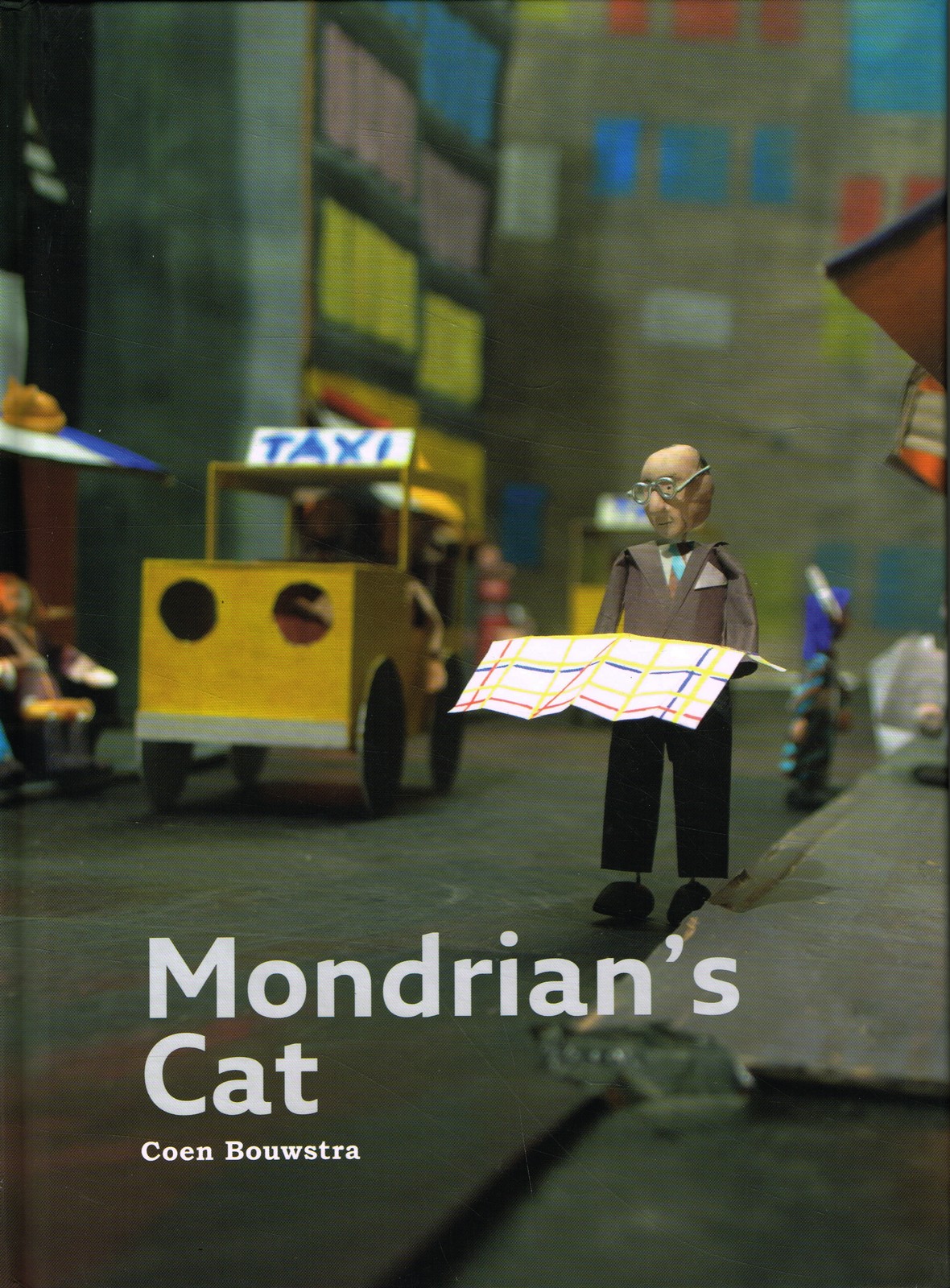
Coen Bouwstra
Mondrian’s cat
A timeless reading and reading book for young and old about the life and work of artist Piet Mondriaan, in honor of his 150th year of birth. In Mondriaan's Cat you get to know the famous painter Piet Mondriaan. He is best known for his paintings with black lines and red, blue and yellow areas. But he painted more. In this book he and his cat take you through his development as a painter who started in the Netherlands. He then went to Paris and in his last years he lived in New York. Mondrian was fascinated by colors and lines and developed into one of the greatest painters of abstract art. Everyone knows Piet Mondriaan, but his work is difficult to understand. That is why it is all the more admirable that Coen Bouwstra, author and illustrator, succeeds in making the painter's work accessible to the very youngest. In beautiful scenes he shows what moved Mondriaan. Mondriaan paid attention to color and the patterns in the landscape. He moved further and further towards the abstract, culminating in his Victory Boogie Woogie, inspired by Boogiewoogie music. SPA uitgeversgeb - 32 blz
kunst
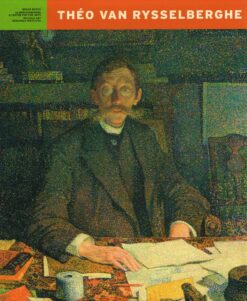
Théo van Rysselberghe
The key figure of Belgian Neo-Impressionism, Théo Van Rysselberghe (1862-1926) has a considerable reputation outside his own country. Van Rysselberghe had ties with the outstanding Belgian and French painters of his day and painted a number of portraits of friends such as Emile Verhaeren, Edmond Picard, Camille Lemonnier, André Gide, Paul Signac, and Henri-Edmond Cross. Through his art, the painter entered into a dialogue with his contemporaries, including Seurat, Signac, Cross, Van de Velde, Morren, Lemmen, and Finch. A number of styles can be observed: Orientalism (his first travels in Morocco), Impressionism (seascapes painted near Knokke, scenes from Moroccan life), Neo-Impressionism, portraits, and his late works (seascapes, landscapes, and female nudes). Mercatorfondsgeb - 261 blz
